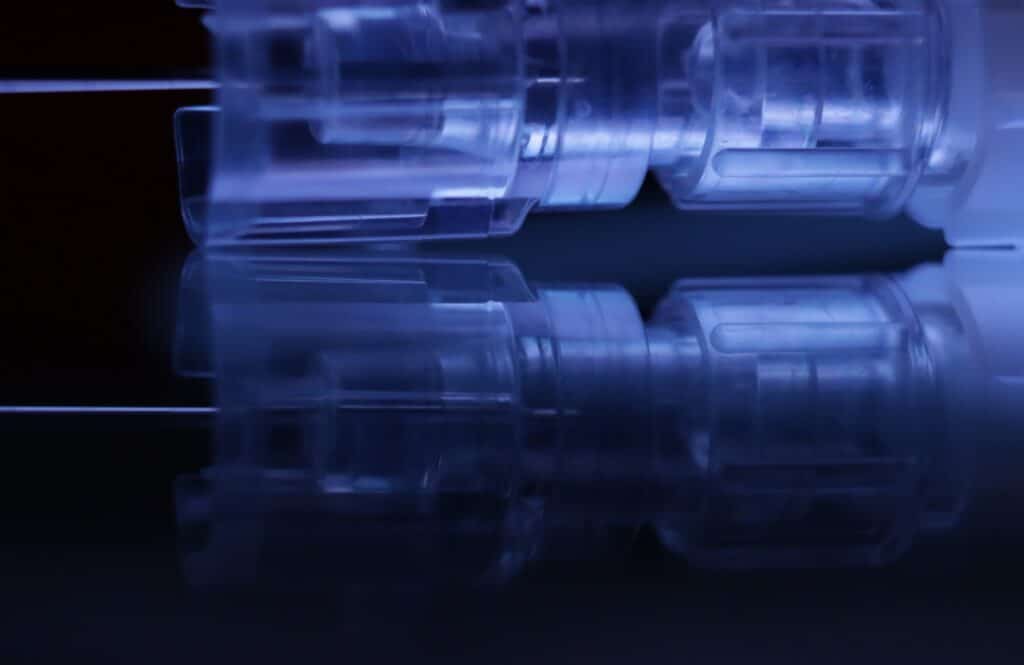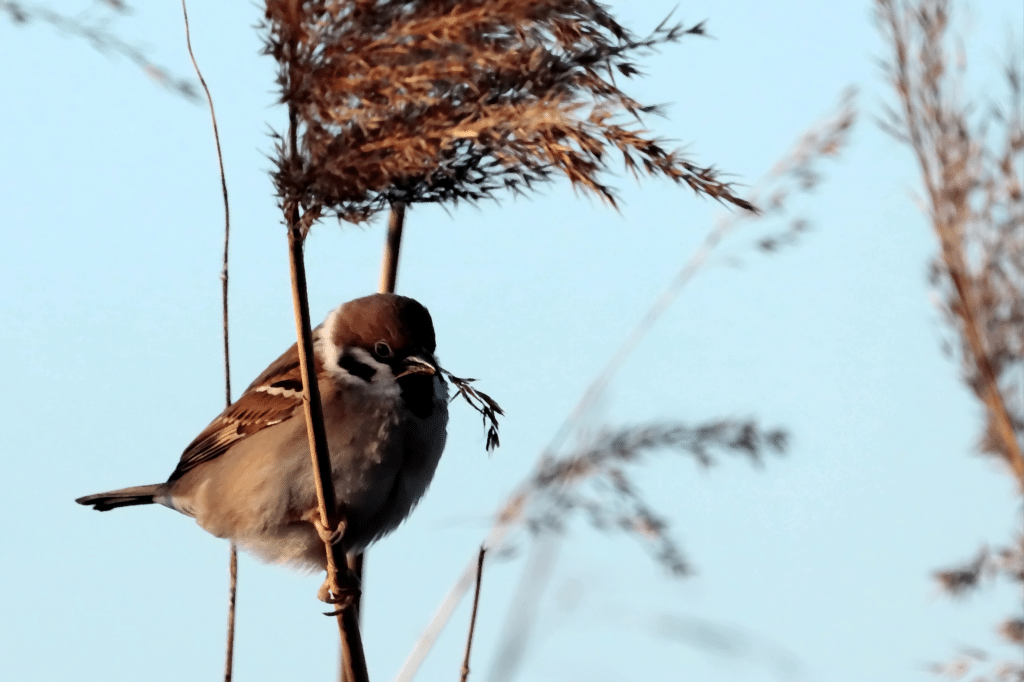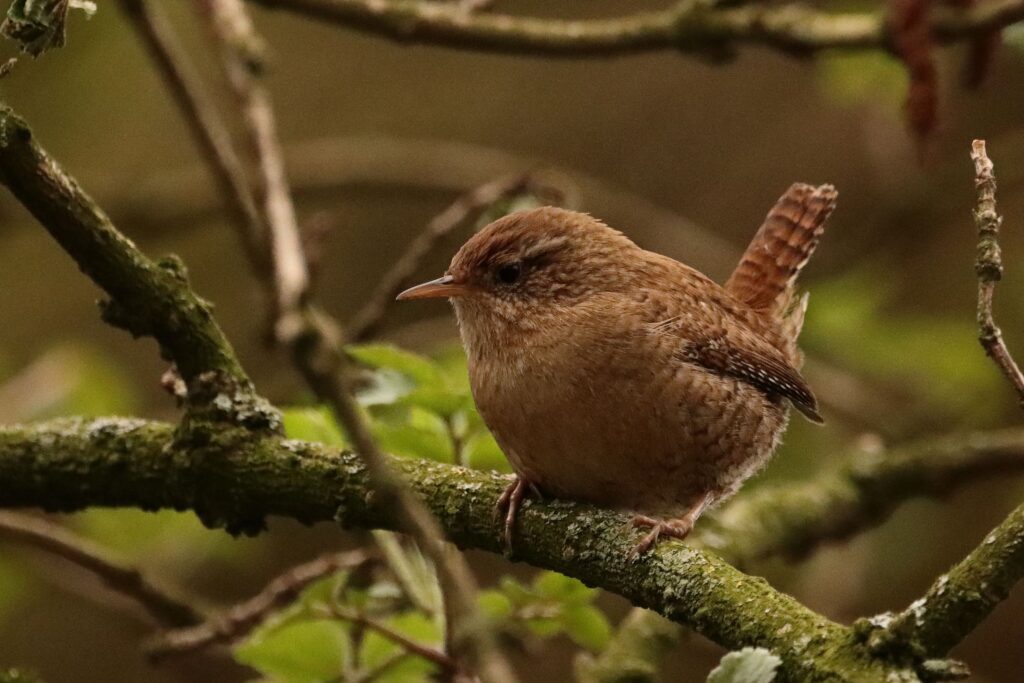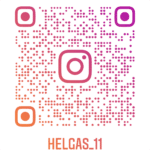
Choose Your Language:



After the diagnosis, I continued to develop my love of photography. An inflammation of the optic nerves that was not recognized at the time still causes me difficulties when the sun gives its all in summer. Small reflections then stand out in the forest. I turned the tables and enjoyed the reflections and flashes of light in the forest. From time to time I tried to capture my mood and seeing with the camera. When I’m too tired to walk, I sometimes try to light up cannulas and take pictures, I love black humor and it has become even stronger with Mog. Outside you usually only see me with a camera. The world is so beautiful, it’s a pity that in so many countries people don’t have time to enjoy the little pleasures because they are on the run, fighting or in grief or are fully consumed.
January 2020
Unfortunately, a painless inflammation of the optic nerve four years ago was not recognized and tingling and twitching in the leg a few years ago didn’t bother anyone, at some point not even me anymore. But when I was no longer able to lift my other leg, my daughter took me to the hospital after the general practitioner from the GP emergency service treated me with ibuprofen and heat. After many tests and three days in the hospital, the diagnosis was clear. The neurologists even took the time to show and explain the MRIs to me. After a few days I was even able to walk very far again with a walker. Later, many other little things came to my mind, so that the neurologists recommended high-dose cortisone and immune adsorption. The first time I was treated with azathioprine to prevent new flare-ups, it didn’t have the desired effect. Now I’m on rituximab. In the meantime I have learned to be sick and I am still at it. It’s difficult when the head wants more than the body.
The hardest thing is explaining to someone that I was fit yesterday but not today. And I’ve learned that if I take my beloved cane with me on a bad day, I won’t get hit on if I’m slow at the checkout. It’s annoying that there are still far too many people who have absolutely no idea about invisible diseases. It’s annoying that with a rare disease in the country you have bad public transport to specialists. It’s 20 minutes by car to my neurologist, by train and bus it’s always three hours. I shouldn’t drive anymore.

https://www.instagram.com/p/CVR8QF-s836/?utm_source=ig_web_copy_link
https://www.instagram.com/p/CGsXvTBlVls/?utm_source=ig_web_copy_link
In many of my photo experiments I process my thoughts, feelings and what is happening right now. It’s actually a little trip. Due to the pandemic, I take the sentence photographing on the doorstep literally. Since I no longer drive, I walk to the nearby nature reserve and try to make small things big. But it is even more important for me to listen to a robin or yellowhammer or meadow pipit or dunnock than to photograph them. I’ve become very slow and forgetful. I relax outside, with the dog also on the dog meadow. Messages are hidden and the cell phone is switched to silent.